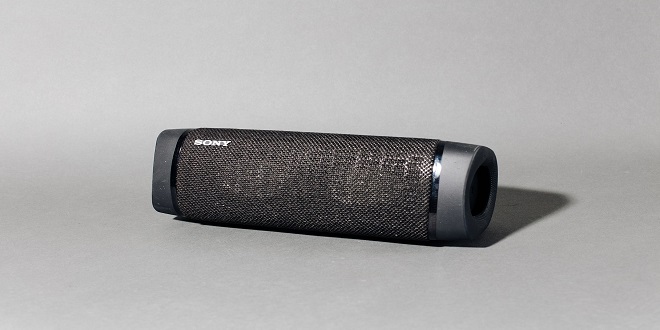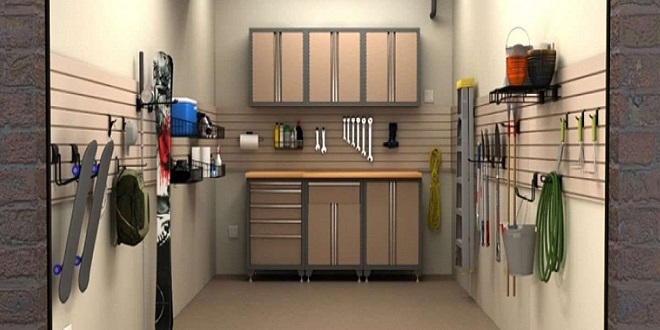How to choose the right Bluetooth speaker

These days, the need for cumbersome and heavy-duty stationary music centers is over. These were replaced with portable speakers, which are small and compact devices that produce a loud, clear sound. They do not require an external power source, unlike active classical speakers. Built-in lithium-ion batteries ensure long-lasting operation and do not need to be recharged. Learn how to choose the right Bluetooth speaker.
As the reviews-technology.com reports, when buying Bluetooth speakers should not focus only on technical specifications. Acoustic requirements as well as sound quality evaluation are subjective. They should, as wireless headphones, be tested before purchase.
Additional Functions for Bluetooth Speaker
There are many options to expand the capabilities and usability of portable speakers:
- Equalizer. Adjusting frequency allows you to customize the sound of your favourite tracks to your liking.
- FM-tuner. Bonus if you don’t want to part ways with your favorite radio stations in any setting.
- Speaker. A Bluetooth column can be turned into a way to communicate via Skype or phone using the built-in microphone.
- Panoramic audio. Devices that have the unique acoustics create a sense of volume. They produce sound that extends 360 degrees.
- Wireless charger. This option supplies power to both the speaker and the phone.
Some portable speakers have a large informative display that displays notifications from smartphones or tablets. Smart speakers can even be equipped with games.
Selection Criteria for Bluetooth Speakers
Pay attention to these characteristics when buying portable acoustics:
- A variety of channels.
- Frequency range. Speakers operating at 20-20000 Hz are sufficient to produce a rich, juicy sound. In practice, the higher upper limit is not distinguishable. The average person can hear sounds between 16-20000 Hz and as we age, our ability to recognize high frequencies decreases.
- Power. This indicator does not affect the volume of sound. A smartphone with 1.5 watt speakers will not be louder than one with a better smartphone. Outdoor use requires acoustics at 16 watts and higher.
It is important to specify the power of a subwoofer separately.
- Dimensions and weight. You need light speakers weighing 200-300 grams for walking or cycling, for example, JB. The power of small devices may not be enough to produce a clear sound at a picnic or lodge. You will need to use more powerful and heavy speakers for this purpose.
- Additional connectors are available. Additional connectors are available. Speakers can be equipped with a round or micro USB charging socket, as well as a port to connect headphones and a USB port which turns the device into an electric powerbank. You can listen to music on your smartphone or tablet by using a USB port that connects to a microSD connector or flash drive.
- Protection against water and dust. Protected devices have IP numbers and letters from 1-10. Protected devices are marked with IP letters and digits from 1 to 10. Columns with IP3 index can withstand water splash. The IP7 mark means that the device will still work after being immersed in the pool.
- The battery’s capacity. The battery’s capacity determines how long the battery will last without needing to be charged. A large battery will be useful when you use portable acoustics to power your computer.
Portable acoustics don’t tie the listener to their house or apartment. You can listen to music outdoors, on a picnic, or while walking. Modern wireless technology makes it much easier to connect, transport and install devices. An radio module, WiFi or Bluetooth chip allows communication with the signal source. Bluetooth speakers are the most popular. These speakers provide high-quality sound quality and can be connected to smartphones, tablets, and laptops. The signal is unaffected by interference or guidance from electromagnetic radiation sources. Regular communication via Bluetooth can reach 30 meters.
The fury of nature can be seen in the formation and power of tornadoes. These violent storms can cause immense destruction, but with proper preparation, it is possible to survive the storm. Tornadoes form when warm, moist air meets cold, dry air, creating a powerful rotating vortex. The power of a tornado is measured on the Enhanced Fujita Scale, which ranges from EF0 to EF5, with EF5 tornadoes being the most devastating. Surviving a tornado involves seeking shelter in a sturdy building or underground, away from windows and exterior walls. It is crucial to have a preparedness plan and to stay informed about severe weather warnings. By understanding the formation and power of tornadoes, individuals can take the necessary steps to stay safe when these storms strike.




